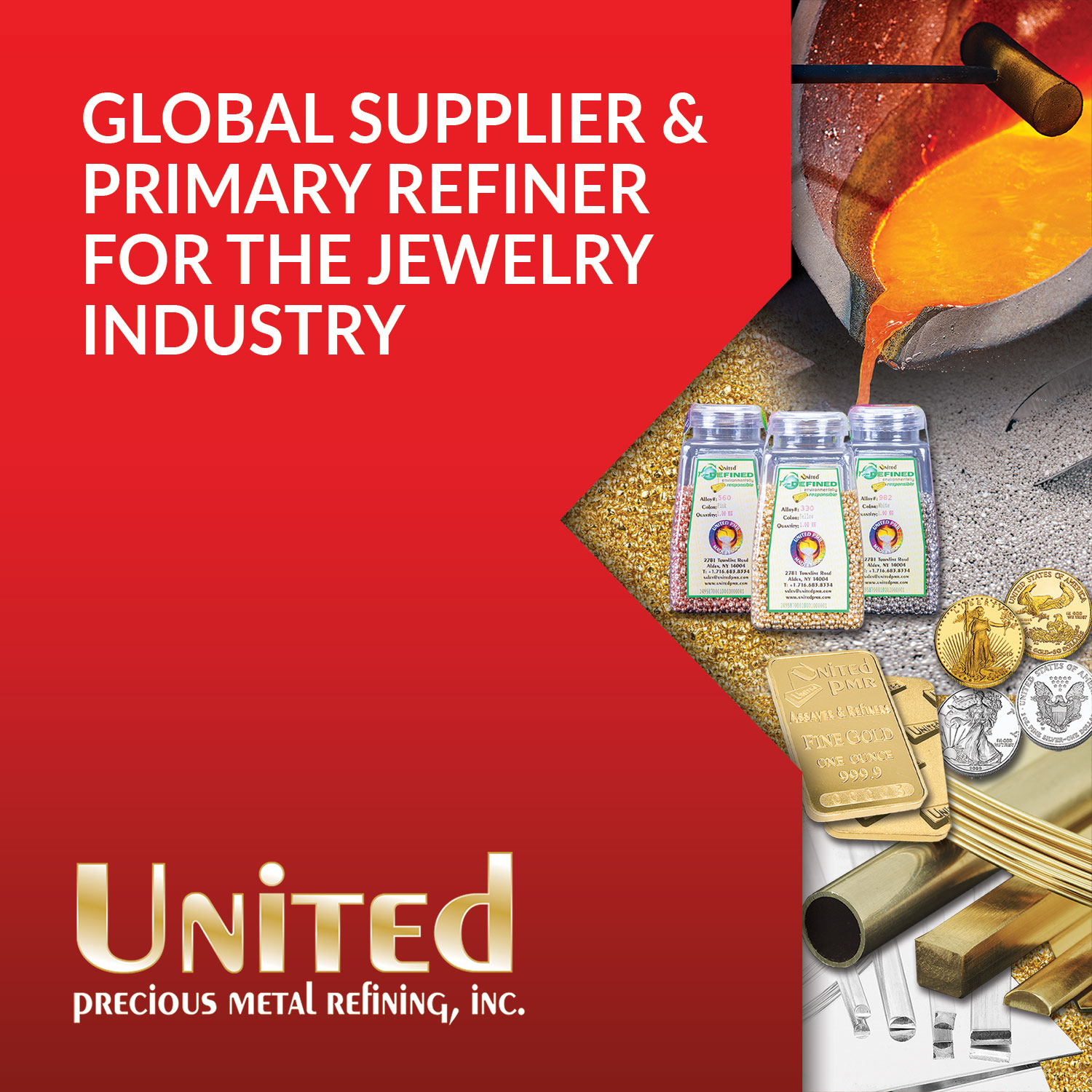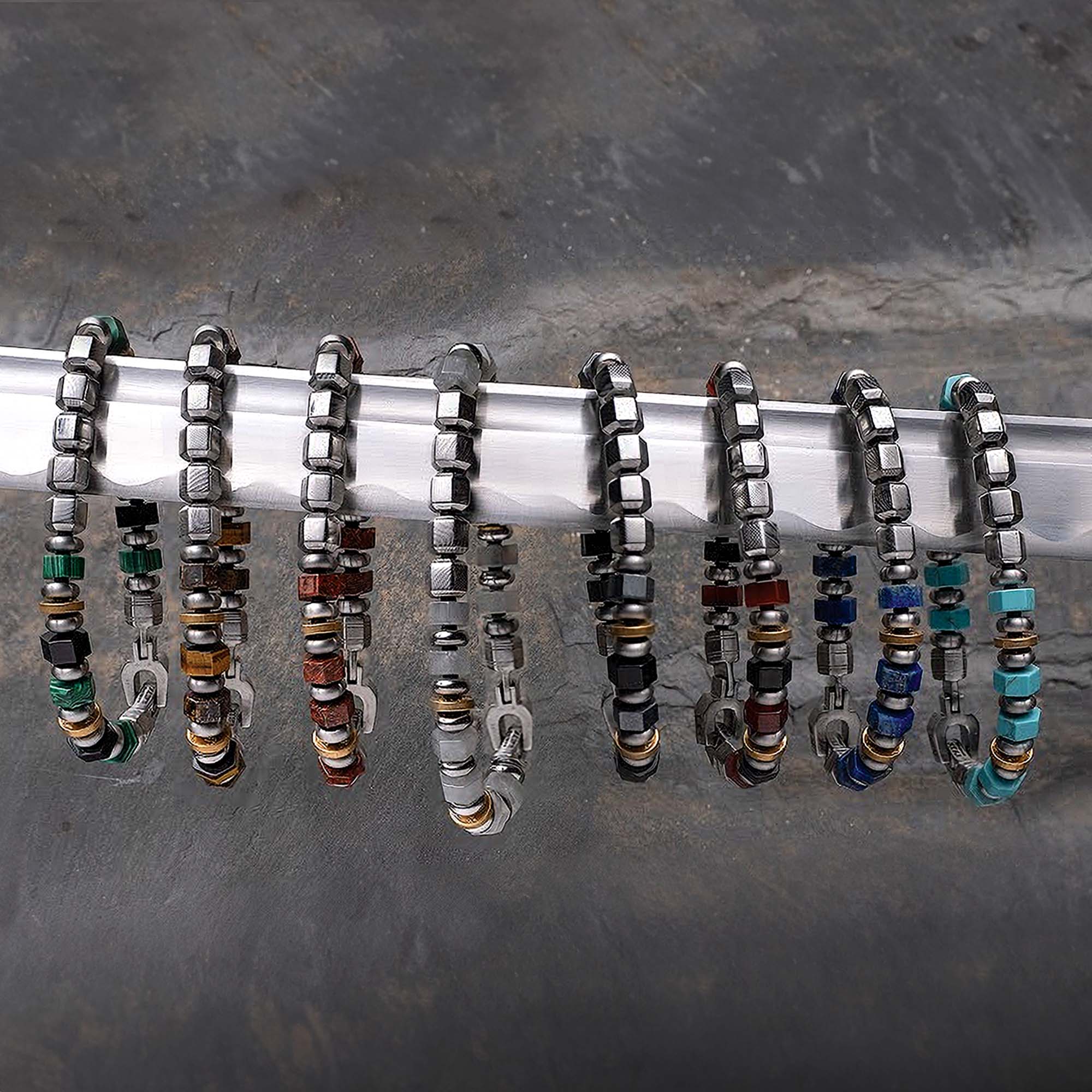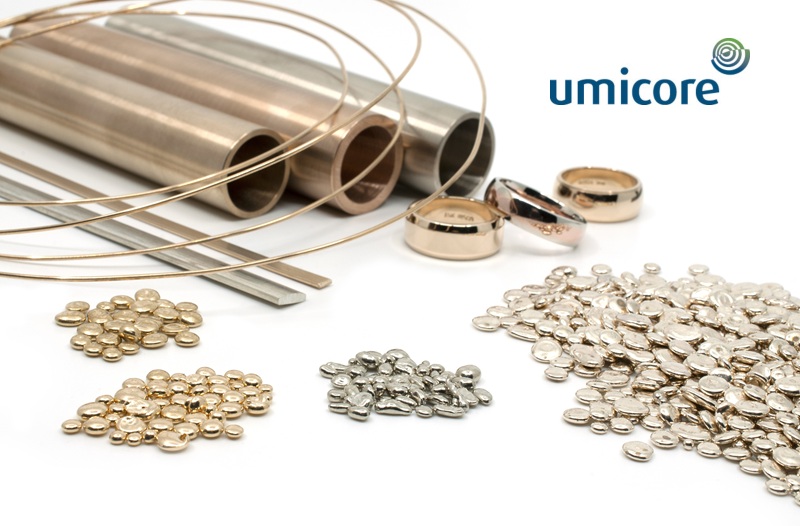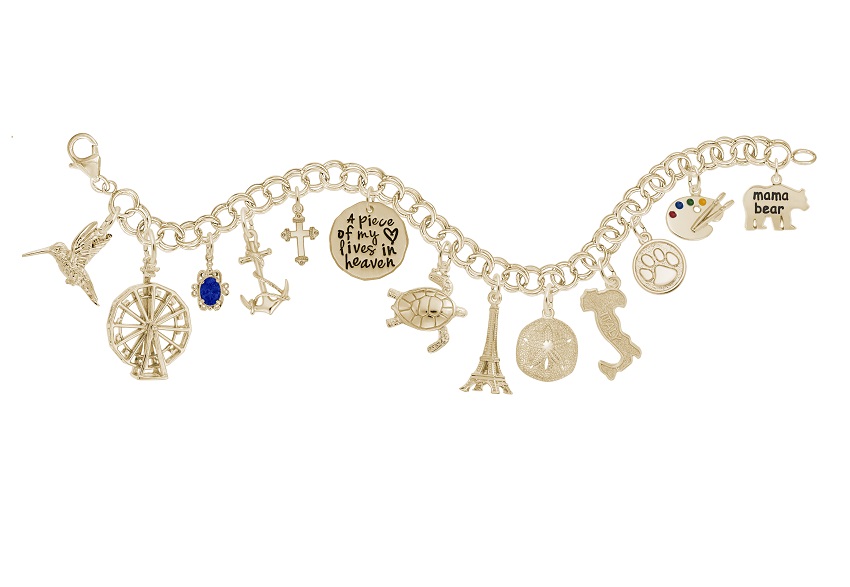The culture of the supernatural: Pearls for the ages
Natural rarity
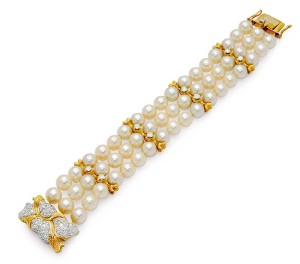
Much lusted-after for millennia, this beloved organic material needed no cutting, faceting, or polishing; apart from possibly a drill hole depending on application, a pearl emerges fully grown from the shell and ready to use, limited only by a designer’s imagination. Since only one oyster out of every 2000 might have contained a pearl, it was this uncommonness and rarity that contributed to the higher values and the lust of desirability.
There’s a widely held popular misconception about how natural pearls are created. The common belief is that it’s a grain of sand or bit of grit that annoys the heck out of the oyster and in self-defence, it begins the time-consuming effort that eventually creates a pearl. Most often, it’s larvae or tapeworms that lodge in the mantle tissue. This magical virtue of adaptation is an intriguing way to turn a negative situation into a positive and elegantly solves a problem, plus the end result is something tangible and pleasing to the eye. Bivalves, such as mussels, have the capability of producing a pearl, but theoretically, any calcium shell-based mollusc can and sometimes does with the best quality natural specimens originating in oysters.
The scientific stuff
Aragonite is a type of calcium carbonate mineral in crystalline form and is generally white in colour. It forms the basis of conchiolin in the nacre, determining the eventual colour of the pearl. Creamy, silvery, or pinkish overtones are dependent on regional characteristics and oyster variety, while the level of lustre is determined by the nacre’s thickness and quality. Price is significantly affected by variables in shape, size, sheen, iridescence, pitting, and blemishes from imperfections. The more perfect spheres are the rarest and most prized.
Portrait gallery status
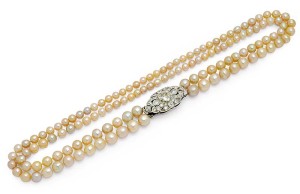
Especially from the 1400s onward, traditional court artists painted portraits of kings, queens, dukes, duchesses, and yes, royal mistresses, too, each depicted on canvas wearing extravagant finery encrusted with pearl embroidery, draped in multiple long strands of matched round or slightly off-round pearls. Their crowns, tiaras, headdresses, and ears, or in the case of the men, singular ear, dripped with huge drop-shape pearls. And all of these were natural, since it would be a few hundred years before Mr. Mikimoto, who gets the credit or the blame for creating cultured pearls, depending on your point of view.
Occasionally, some of the natural beauties show up at auction, as do breathtaking pre-1920’s designs from renowned houses like Vever, Lalique, Chaumet, Tiffany & Co., and Cartier. Currently, natural pearl necklaces can sell for upward of $200,000. Many natural pearl jewels that come to market had changed hands around the time of the Russian Revolution, as aristocrats escaped the violence and turmoil.
Off-shape, misshapen baroque pearls were popular royal jewels during the Renaissance, as evidenced by portraiture of the period. Baroque pearls were back in vogue in the 19th century in Renaissance Revival figural brooches. Imaginative and fanciful examples of these pearls were used to create animals, mermaids, mermen, and butterflies. Some of the most famous examples, known as the Canning Jewels, were once owned by Britain’s Lord Canning and are on permanent display at the Victoria and Albert Museum. Semi-baroque and flattened on the bottom bouton types were attractive in some applications, as were tiny split pearls. In the late 1700s and throughout the 1800s, small seed pearls commonly came from India and China, comprising elaborate love-knot designs strung on silk or pale-coloured horsehair affixed onto backings of mother-of-pearl. Imagine the time, patience, and dexterity required to drill them using hand tools.

